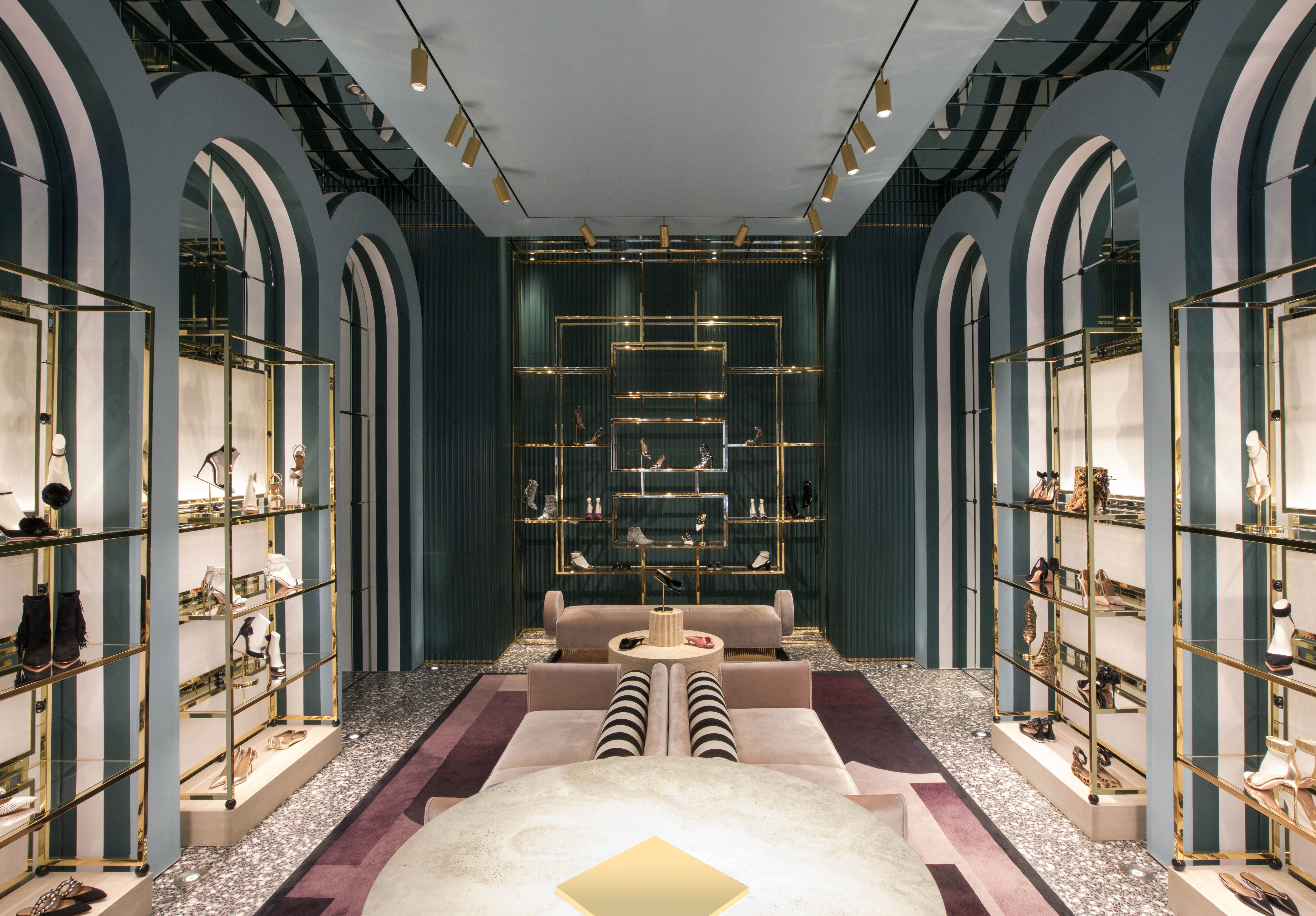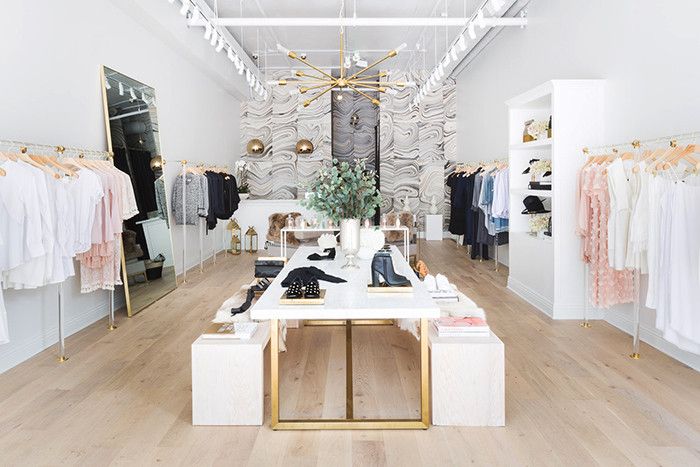How to Style Your Attires with Boutique Fashion Locates
How to Style Your Attires with Boutique Fashion Locates
Blog Article
Exploring the Development and Influence of Clothes on Modern Style Trends
The evolution of clothes has actually substantially affected contemporary fashion trends, merging historical precedents with cutting-edge innovations. Iconic numbers like Coco Chanel and Yves Saint Laurent changed the style sector by presenting ideas that prioritize comfort and ease of access, which continue to reverberate today.
Historical Fashion Influencers
In the tapestry of fashion background, specific figures have actually left an enduring mark, shaping the trends and designs that define whole ages. Coco Chanel, a cutting edge designer, redefined women's style by introducing comfortable, classy clothes that departed from limiting bodices. Her renowned Chanel suit and little black gown have ended up being ageless staples in wardrobes worldwide. Christian Dior's post-war "New Look" in 1947, with its celebration of feminineness through complete skirts and cinched waists, noted a return to opulence and has actually continued to affect developers.
Elsa Schiaparelli is an additional critical number, renowned for her avant-garde layouts that incorporated surrealist art, teaming up with Salvador Dalí to produce wayward pieces that tested traditional aesthetic appeals. Her cutting-edge use of shade and vibrant patterns reverberates in contemporary style. Yves Saint Laurent, meanwhile, democratized high style with prêt-à-porter collections, bringing runway styles to the masses and establishing a criterion for modern ready-to-wear lines.
These enthusiasts, amongst others, not only reinvented style in their times but likewise established sustaining trends that reverberate in today's fashion business, providing a foundation upon which contemporary developers proceed to build and innovate. Their legacies underscore the relevance of creativity and daring in fashion's ever-evolving narrative.
Technological Improvements in vogue
Among the dynamic landscape of the fashion market, technical innovations stand at the center of innovation, improving exactly how developers produce and consumers engage with fashion. The integration of 3D printing has revolutionized design processes, enabling designers to experiment with intricate frameworks and lasting products that were formerly unthinkable. This innovation helps with rapid prototyping, reducing waste and speeding up production times.

Smart textiles, embedding technology right into fabrics, are also changing the sector. Innovations like temperature-regulating and self-cleaning materials supply enhanced functionality and convenience. Wearable modern technology, integrating functions like health and fitness tracking and interaction, adds a brand-new measurement to style, merging aesthetic appeals with functionality.
Cultural Shifts and Design
As technical improvements proceed to improve the garment industry, social shifts are just as prominent, redefining style and consumer preferences. In recent years, the surge of social media sites platforms has accelerated the circulation of global fashion trends, permitting diverse cultural influences to converge and exist side-by-side. This digital interconnectivity has facilitated the rapid exchange of concepts, leading to a much more diverse and comprehensive interpretation of design that shows the diverse nature of modern culture.
Cultural recognition and appreciation have actually motivated designers to draw motivation from a more comprehensive spectrum of historic and ethnic contexts, incorporating conventional motifs with contemporary aesthetics. This fusion has actually caused fashion that resonates with a larger target market, advertising a sense of identification and belonging throughout different demographics. Additionally, the boosting need for customization has actually driven brands to offer adjustable choices, making it possible for consumers to express originality while showing their cultural heritage.
Additionally, changing societal worths have actually impacted fashion, with inclusivity and variety ending up being main themes. The industry has actually begun to embrace models and influencers of different physique, ethnic cultures, and sex identifications, tough standard elegance standards. This change underscores the power of social changes fit the future of style, as design becomes a more genuine expression of personal and collective identity.
Sustainability and Modern Layout
While the garment industry proceeds to progress, the vital for sustainability has come to be progressively urgent, influencing modern style techniques. This shift intends to deal with honest considerations and environmental concerns, leading to a reevaluation of traditional production approaches. Designers are currently integrating lasting products, such as natural cotton, recycled polyester, and eco-friendly fabrics, right into their collections, minimizing the ecological impact of fashion. The rise of sluggish style, which stresses quality over quantity, urges customers to purchase ageless pieces instead than transient patterns.
Furthermore, modern design is defined more tips here by its innovation in reducing waste and promoting circularity. Strategies such as zero-waste pattern cutting and 3D knitting are obtaining grip, allowing developers to develop garments with marginal textile wastage. Furthermore, brands are adopting clear supply chains, making certain responsibility and promoting consumer count on. This technique not just mitigates ecological effect however also improves the social duty of fashion homes.

Future Trends in vogue

Sustainability will certainly remain to be a driving pressure in shaping future fashion fads. look at here The market is significantly embracing eco-friendly products and moral production approaches, reacting to a growing consumer demand for responsible methods. Technologies such as bio-fabricated products and closed-loop recycling systems are set to redefine how clothes is created and eaten, reducing ecological influence while preserving style and top quality.
Cultural changes, consisting of the surge of inclusivity and diversity, will also play a pivotal duty. As culture comes to be much more knowledgeable about social issues, style is expected to come to be a platform for expression and adjustment. Designers will likely concentrate pop over to this site on creating collections that mirror a wider variety of experiences and identifications, championing representation and accessibility.
Final Thought
The evolution of clothes significantly impacts modern style fads, where historic impacts combine with modern designs. This ongoing evolution underscores fashion's duty as a mirror to social values and technological innovation, recommending a future abundant with technology and inclusivity.
The development of clothes has substantially affected contemporary fashion fads, combining historic criteria with sophisticated developments.Amidst the vibrant landscape of the style industry, technological innovations stand at the leading edge of development, improving just how designers develop and consumers involve with fashion.While the fashion sector continues to develop, the essential for sustainability has become significantly urgent, affecting modern design practices. As sustainability ends up being ingrained in modern layout, it paves the method for a more mindful and liable fashion market.
The advancement of clothing considerably influences modern-day fashion fads, where historic impacts merge with modern layouts.
Report this page